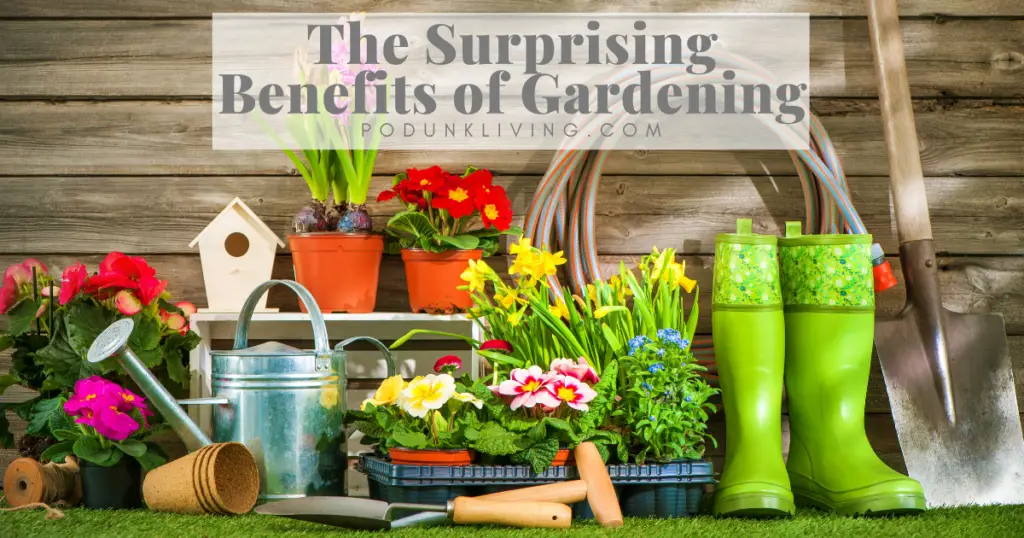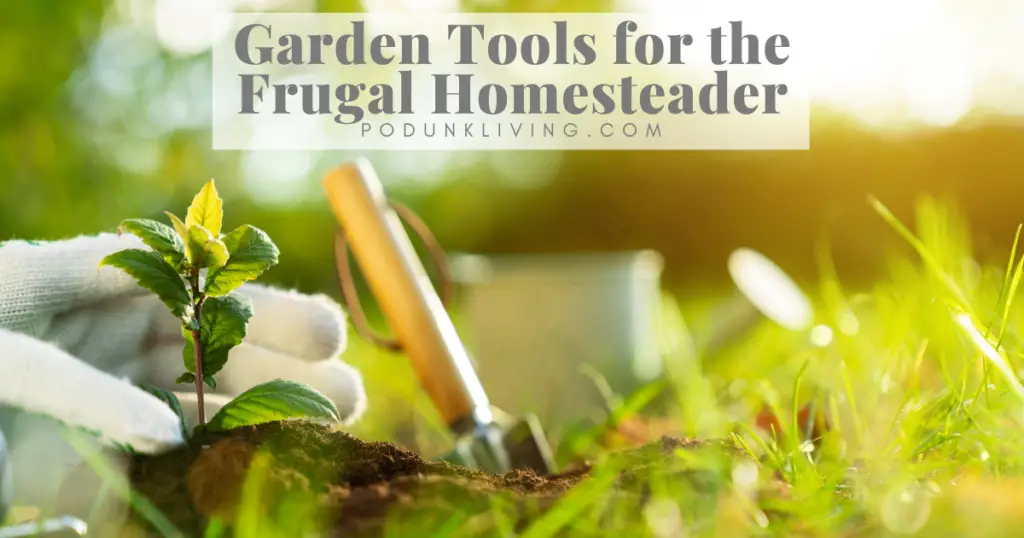Benefits of Gardening: Live Longer
Are you sick and tired of feeling like a sad, forgotten houseplant, slowly fading into oblivion in the corner of your dismal, lifeless living quarters? Well, grab your gardening tools and get ready to cheat the Grim Reaper, because the research is in – gardening is the secret to a longer, healthier, and more cost-effective life. That’s right, folks – studies show that people who garden live an average of 4 years longer than those who don’t. So, not only can you stick it to Mr. Reaper, but you can also save a few bucks on those pricey grocery store trips. And now that you’re freeing up your hard-earned cash, you can buy accessories – like that new set of gardening tools you’ve been eyeing. Gardening is the gift that keeps on giving, both in terms of your health and your wallet. It’s a win-win!
Physical Benefits of Gardening
Save money on gym memberships, because gardening can burn just as many calories as some sports, all while providing the benefit of a refreshing dose of fresh air and vitamin D. And for you senior citizens out there, don’t think you’re off the hook – gardening can help you achieve those recommended physical activity levels, so you can keep chasing your grandkids around the yard well into your golden years. But the benefits of getting your hands dirty don’t stop there, my friends. Turns out, growing your own veggies can also provide a serious nutritional boost, skyrocketing your health to new and dizzying heights. It’s like a one-stop shop for longevity and wellness, all wrapped up in a tidy little garden plot. Forget bingo night, it’s time to get your hands dirty and add a few extra HEALTHY years to your life.
For Mental Health: The Happy Gardener
Are you feeling a little stressed, anxious, or down in the dumps? Forget the therapist’s couch – all you need is a good old-fashioned dirt therapy session! According to a recent study, getting your hands dirty can work wonders for your mental health. Researchers took a group of 76 “elderly adults” and had them try their hand at gardening. And guess what? These wrinkly weed wranglers reported an overall improvement in their physical health, increased physical exercise, decreased high blood pressure, and even higher levels of vitamin D. But the real magic happened on the mental health front. These geriatric gardening gurus experienced a significant reduction in their stress levels, anxiety, fatigue, and even episodes of depression. An unexpected improvement was in their cognitive function, which resulted in a reduction in their risk of dementia. So gardening will not only make you the happiest zen-like senior on the block, but you’ll also be the sharpest tool in the shed. Another unexpected part of this study was that there were ZERO negative outcomes! (This almost NEVER happens in studies.) So, obviously, the only thing you have to lose in gardening is your crippling anxiety and soul-crushing depression. Grab a trowel, and let the healing power of gardening work its magic on your poor, neglected mind.
Healthy Children Garden
Are your little ankle-biters driving you up the wall with their constant demands for screen time and chicken nuggets? Well, gardening is the secret to raising a brood of happy, healthy, and well-behaved children. Recent studies suggest that simply exposing your rugrats to the wonders of the great outdoors, can work wonders for their overall health. Kids born to mothers who organically garden have healthier birth weights, lower risk for developing diabetes, and even a reduced chance of heart attack. And the benefits don’t stop there – those little dirt-covered hands can boost their immune system and ward off those pesky allergies (as long as you keep the toxic pesticides away). But the real kicker? These gardening-inclined kids are also more likely to actually EAT their veggies. Imagine your little tyrants, willingly shoving broccoli into their mouths, all thanks to a little good old-fashioned dirt therapy. One study showed that the average American kid age 6-11 is only eating 148 grams of vegetables per day, when the recommended daily vegetable intake for children is 420 grams (or about 7 cups). Clearly, it’s time to ditch the video games, put down the chicken nuggets, and get your kids out in the garden. Their health, and your sanity, and society will thank you.
An Easy Connection with Nature
In this fast-paced, technology-driven world, it’s easy to feel more connected to your smartphone than the great outdoors. Starting your own garden at home is the perfect antidote to your crippling nature-deficit-disorder. Now, I know what you’re thinking – “Gardening? That sounds like way too much work!” But seriously, all you need is a sunny spot in your yard, some dirt, a few seeds, and the ability to remember to water the darn thing when it gets dry. We’ve simplified gardening for dummies, a low-effort, high-reward activity that even the most brown-thumb can handle. Just pick your plot, toss in some seeds, and you’re on your way to becoming one with nature! (Without having to sacrifice your downtime.)
For The Environment: Start with Perennials
Are you tired of feeling like a failure every time you try to keep a houseplant alive? Let me introduce you to the world of perennials, the lazy person’s path to gardening. These magical, long-living plants are the ultimate set-it-and-forget-it option for the gardening-averse. Just plop them in the ground, water them occasionally the first year, and voila! You’ve got yourself a thriving, low-maintenance oasis of greenery that’ll keep coming back year after year. And the best part? Perennials aren’t just pretty faces – they’re also the eco-friendly choice for your garden. Fruit trees and berry bushes provide a steady supply of low-maintenance homegrown produce. Want beautiful landscape flowers and shrubs? Perennials will create a beautiful, lush, wildlife-friendly habitat. Planting perennials is like single-handedly saving the planet, all while doing the bare minimum of actual gardening work! No need to agonize over a list of watering schedules, fertilizing routines, or any of that other high-maintenance nonsense. Just sit back, relax, and watch your garden thrive, all while you bask in the glory of your newfound environmental stewardship. Embrace the low-effort, high-impact world of perennials. Your wallet, your schedule, and the planet will thank you!
Gardening for Every Season
Winter Gardening
Are you the type of gardener who throws in the trowel the moment the first leaf falls? I’ll let you in on a little secret – the real gardening magic happens in the dead of winter. While the world is hibernating on the couch and binge-watching Netflix, the Crazy Cultivars are hard at work planning their horticultural domination. This is the prime time to dive into those seed catalogs, order your precious plants, and prepare for the growing season ahead. Worried about the cost? Check in with your state’s forestry service, where you’ll find a veritable treasure trove of landscape plants, fruit bushes, and trees – all for a fraction of the price you’d pay at your local garden center! If you really want to level up your gardening game, you can even try your hand at the oh-so-trendy “winter sowing” method. Start growing your own seedlings right in the middle of the frozen tundra, without having to worry about that pesky “hardening off” process. Because let’s be honest, who has the time or patience for that nonsense? Now you know that winter is the time to ditch the couch, embrace the cold, and start planning your horticultural domination. It’s better to be a winter warrior than a quivering quitter!
Spring Gardening
Are you the type who spends the spring months cozied up on the couch, dreaming of the day you can finally don your best gardening gloves and frolic through your lush, verdant oasis? Well, spring is the time to drag your pasty, vitamin D-deprived body out of hibernation and get to work on those garden beds. And the best part? You’ll get to enjoy those first few warm days, carrying out all of your meticulously planned garden strategies. What’s more fun than putting all that careful thought and preparation to the test, and Mother Nature gets to be the judge! It’s like a twisted game of gardening weather roulette, and you’re the sucker who has weekends off when the weekdays have the best weather!
Summer Gardening
Summer – the season of sun, fun, and satisfaction of watching your garden grow. You’ve survived the treacherous journey of getting everything planted after the last frost date, and now you can sit back, relax, and bask in the glory of your horticultural handiwork! Take some time to enjoy this season, you’ve earned it. The real work and true payoff comes when you start reaping the rewards of your labor – harvest season.
Harvest
Harvest time in the garden creates the sweet smell of success, and trying to figure out what to do with the literal truckload of zucchini that’s about to take over your kitchen. But let’s start with the easy part, those delicate little flowers you’ve been tending to all summer? Well, now’s the time to start ruthlessly decapitating them, all in the name of “stimulating new growth.” It’s like a twisted game of botanical whack-a-mole, except the moles are your precious blooms, and you’re the merciless gardener wielding the pruning shears. And just when you thought the carnage couldn’t get any worse, along come your veggies, bursting forth from the soil like a dam that’s finally broken free. Suddenly, you find yourself drowning in a sea of peas, tomatoes, and more zucchini than you know what to do with. Embrace the madness of harvest time, and become the ultimate Survivalist Sustenance Snob. Your future self will thank you – whether it’s busy nights made easier with previously prepped meals, or supply chain issues altering your dinner plans.
Fall Gardening
Fall – the season of pumpkin spice, cozy sweaters, and the slow, agonizing death of your once-vibrant garden. But don’t worry, the garden fun isn’t over yet! As soon as that first frost date rolls around, it’s time to bid farewell to all your beloved plants. Watch with glee as they slowly wither and die, and you slowly regain your kitchen and social life back. But before you celebrate the end of another growing season, you’ll want to dive headfirst into your fall prep work. Fall is the time to till, amend, and generally abuse your poor, defenseless garden beds, all in the name of getting them ready for the next round of botanical torture. You can even take this opportunity to expand or relocate your garden, as fall is a great time for transplanting. And let’s not forget the real highlight of fall gardening – planting those spring-blooming bulbs. It’s like burying little botanical time capsules, just waiting to burst forth and tease you with their vibrant colors and cheerful blooms. Embrace the bittersweet joys of fall gardening and bid a fond farewell to another growing season. After a successful season, you have all of your holiday gifts prepared in your pantry!


